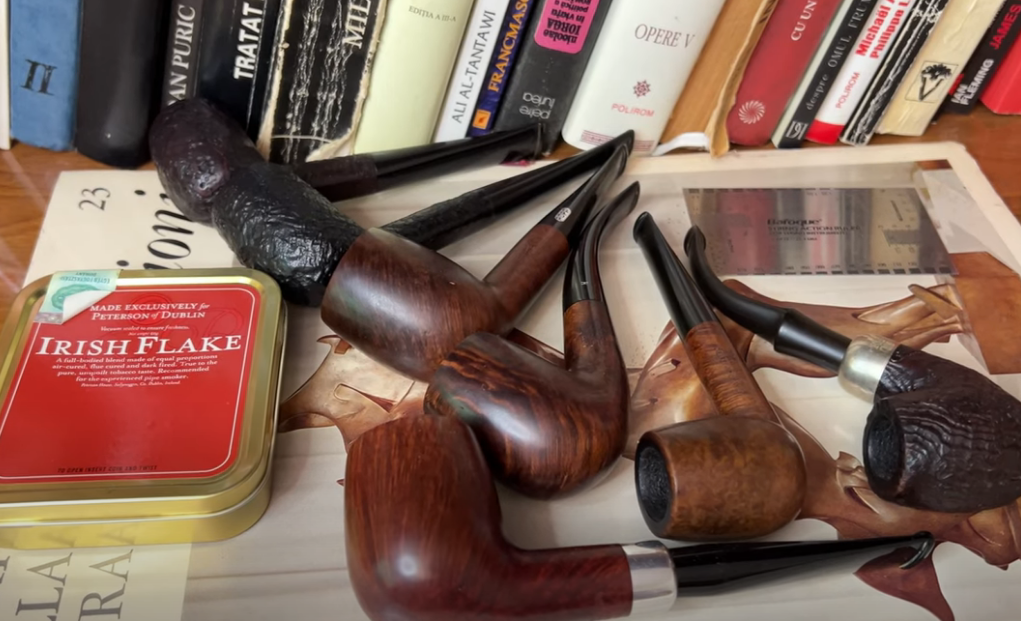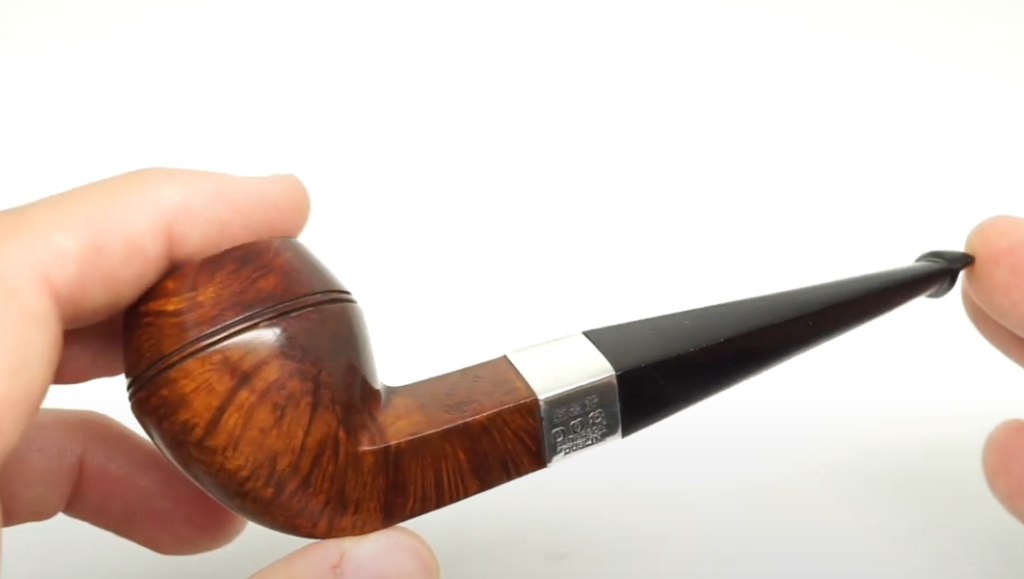If you are just starting to smoke pipes, one of the things you need to decide is the right pipe shape. It might look like an easy decision, but the shape can actually change your general experience and enjoyment. Fortunately, some shapes typically work well for novices. This blog post will highlight my choices for great beginner’s pipe shapes and the reasons why I endorse them
What is the best pipe shape for a beginner?
As a seasoned pipe smoker who’s been puffing away for over a decade, I know the struggle many beginners face when choosing their first pipe shape. There are so many options – bent, straight, bulldog, apple, Dublin, Billiard – the list goes on! But in my humble opinion, the perfect beginner pipe shape has to be the classic billiard.
billiard pipe

the iconic Billiard is my preferred pipe form. Its long, thin shape radiates a refined simplicity. While the gentle curve of the thin stem encourages cooling and dryness by letting moisture concentrate in the bend before reaching your lips, the small bowl offers an excellent chamber for tobacco.
True to its classic form, the Billiard features a nearly cylindrical bowl and bore for even packing and airflow. The shank matches the bowl’s height and tapers gracefully into a thin stem. A slight forward tilt of the bowl from the shank completes the balanced proportions that make this shape so versatile and beloved.
When selecting a Billiard, I look for a flat rim around the top of the bowl. This indicates the maker has shaped the outside walls to match the cylindrical tobacco chamber within. A subtle convex curve or “belly” gives added strength at the bowl bottom. Though some tamper with the classical specs by slanting the rim or rounding the lip, I still consider these pipes Billiards in spirit.
In addition to my billiard pipe, I think the bulldog pipe is also a good choice for beginners.
bulldog pipe

The Bulldog is one of the most iconic pipes made in France, with a production history spanning decades. Visually, it is easily distinguished by its rounded bowl paired with a square shank. The difficulty lies in crafting a seamless transition between the two. Another key feature is the two characteristic grooves on the bowl. These demarcate the upper and lower sections and are always located at the end of the top third. The shape enables comfortable thumb support against the shank (which can be straight or bent).
The classic Bulldog has a tapered bowl that narrows at the rim and heel, attached to a diamond-shaped shank. Traditionally it has one or two beadlines – small grooves around the midsection. As described, the shank features flat, angular panels that sweep up dynamically to join the rounded bowl. The transition borders, or “ridgelines,” prove especially nuanced. An artisan’s precise rendering can create the illusion of softness or sharpness. Gentle curves along the ridges and panels introduce an organic flow, de-emphasizing harsh edges even on diamond-cut shapes. Therefore Bulldogs come in straight and bent variants.

